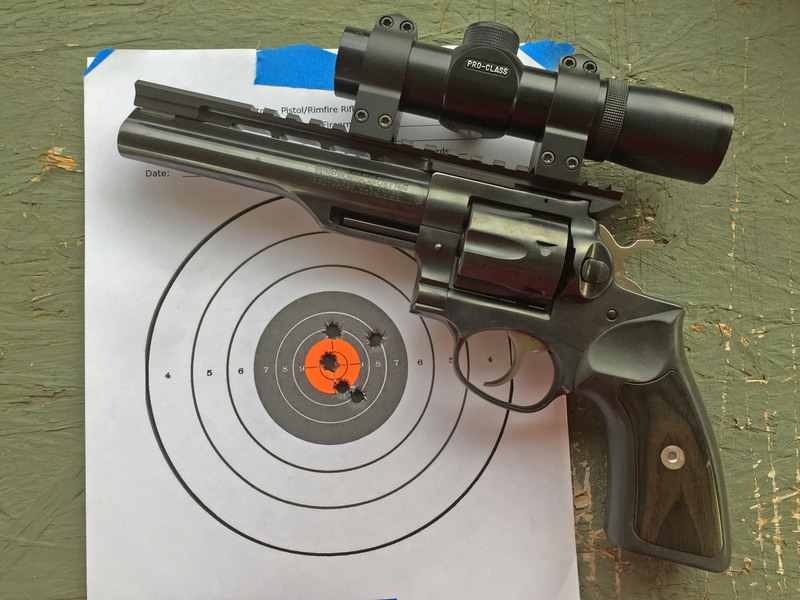Monster Zero
Member
- Joined
- Mar 4, 2008
- Messages
- 591
What with recent breaking news, this seems like a good time to ask a question that's been kinda on the back burner for awhile...
Say that I own a Charter Bulldog and in the very near future plan to acquire a GP100 in 44 special, three inch barrel.
Since I plan to shoot them both, I also plan to handload for them both, and only buy factory ammo for carry loads.
I'd like to start with one (1) reload for each piece: A couple hundred for the Charter, more for the GP. I would expect each load to be a good practice round for each one. Also I'd want each load to be an acceptable SD load for each piece. (I.E. no 246 grain roundnose lead, etc.) I'd want the load for the Charter to be no lightweight load, but at the same time NOT a load that would push the limits of the Charter.
I'd expect the GP load to be maybe a bit hotter. Nothing approaching .44 magnum loads or anything unrealistic like that, but... let's say comparable to .38 +p's in my wife's SP101 in terms of recoil.
Also I'd want the two loads to be distinguishable from each other by the appearance of the bullet in the loaded round so that there will be no confusing the two. The Charter rounds can be used in the GP, but the GP rounds don't go in the Charter.
Is there a way of using the same powder charge in both practice rounds but using a heavier bullet in the GP load and a lighter, visibly different bullet in the Charter load?
I know there's been some discussion of wadcutters in a couple of threads... I have no problem with wadcutters or semi-wadcutters, so long as I can have two loads that are visibly different.
Maybe this is a premature thread... but if the GP .44 special doesn't come out as some believe I'll just get a Blackhawk instead, and then wait for a 24/624 so then I'll have three.
So the question stands.
What do you guys say? TIA
Say that I own a Charter Bulldog and in the very near future plan to acquire a GP100 in 44 special, three inch barrel.
Since I plan to shoot them both, I also plan to handload for them both, and only buy factory ammo for carry loads.
I'd like to start with one (1) reload for each piece: A couple hundred for the Charter, more for the GP. I would expect each load to be a good practice round for each one. Also I'd want each load to be an acceptable SD load for each piece. (I.E. no 246 grain roundnose lead, etc.) I'd want the load for the Charter to be no lightweight load, but at the same time NOT a load that would push the limits of the Charter.
I'd expect the GP load to be maybe a bit hotter. Nothing approaching .44 magnum loads or anything unrealistic like that, but... let's say comparable to .38 +p's in my wife's SP101 in terms of recoil.
Also I'd want the two loads to be distinguishable from each other by the appearance of the bullet in the loaded round so that there will be no confusing the two. The Charter rounds can be used in the GP, but the GP rounds don't go in the Charter.
Is there a way of using the same powder charge in both practice rounds but using a heavier bullet in the GP load and a lighter, visibly different bullet in the Charter load?
I know there's been some discussion of wadcutters in a couple of threads... I have no problem with wadcutters or semi-wadcutters, so long as I can have two loads that are visibly different.
Maybe this is a premature thread... but if the GP .44 special doesn't come out as some believe I'll just get a Blackhawk instead, and then wait for a 24/624 so then I'll have three.
So the question stands.
What do you guys say? TIA











